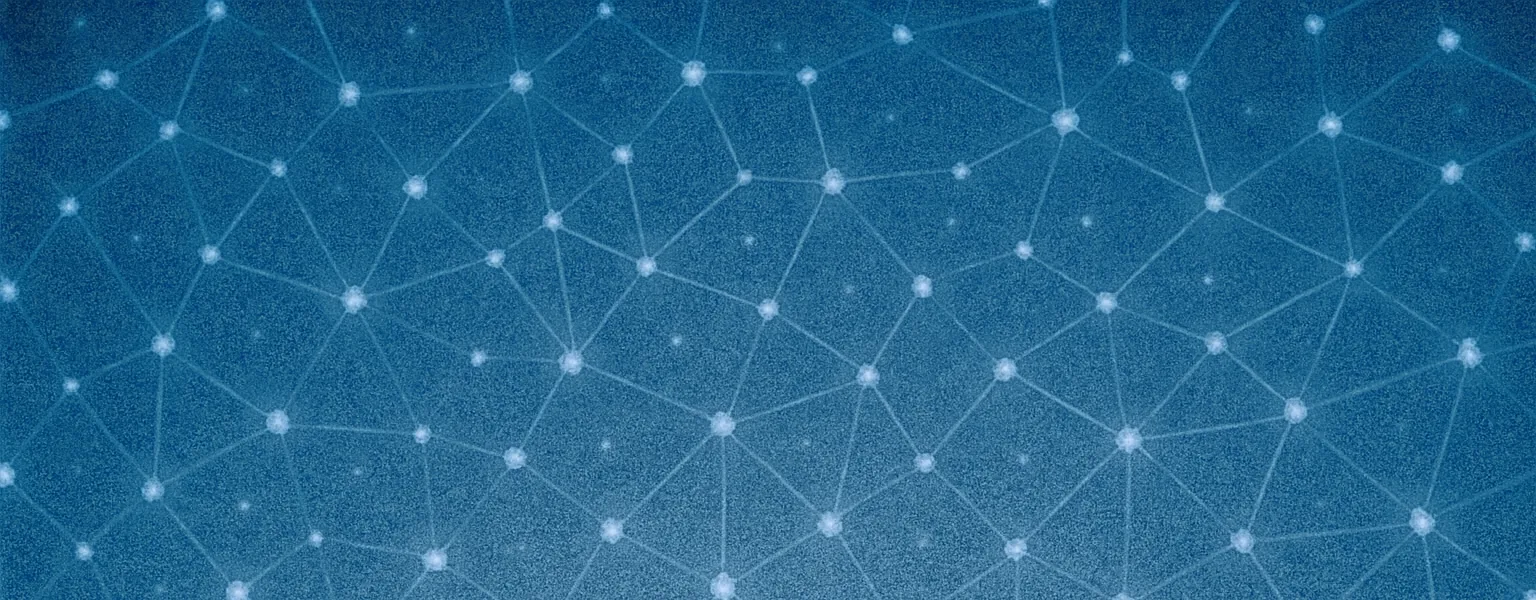🌌 Autism: understanding and exploring

Seeking help? Some articles listed on this hub may mention disturbing situation (burn-out, depression, loneliness). If you need help, please visit our dedicated page with emergency support lines you can call: Help and support.
This website is currently being translated. Some articles are already available in English, others will follow over time.
Autism is a spectrum that manifests itself uniquely in each person affected. It is often said that there are as many types of autism as there are autistic people. This hub brings together my thoughts, articles, and personal experiences around autistic perception in everyday life.
Autism: understanding and living as an autistic person
Discovering autism from the inside: understanding its cognitive and sensory characteristics, its emotional contrasts, and the diversity of ways of living and thinking as an autistic person.
For a comprehensive overview of autism—its clinical definition, criteria, and multiple profiles—I begin with the introductory article that lays the groundwork:
👉 Autism: understanding and living as an autistic person
Autism definition
Signs, sensory perception, lived experience.
Female autism: understanding the invisible characteristics
Discover how autism manifests itself in women and people assigned female at birth: a sensitive and embodied approach through Jeanne’s testimony, which illustrates how camouflaging, social fatigue, and the search for identity shape the female experience of autism.
Autism in women
Jeanne’s testimony on the particularities of autism in women.
My experience
I was first identified as being gifted and began to hang on every word psychologists said on the subject: hyperesthesia (the supposed sensory hypersensitivity of gifted people), high sensitivity to injustice, fear of rejection, tendency to over-adapt. In short, all traits that were ultimately better explained by autism. I was diagnosed at the age of 25.
The autism I was diagnosed with is a form of autism without intellectual disability, which was called “Asperger’s Syndrome” before 2013. However, it manifests itself through the same symptoms and varies only in intensity, as is the case for every autistic person. This is why the DSM-5 has grouped all forms of autism under one name: Autism Spectrum Disorder.
In my daily life, this manifests itself in highly debilitating sensory hypersensitivity, difficulty reading other people’s body language, understanding differences in thinking, and getting into conflicts without understanding why. I hid it for nearly 20 years, which led to my first autistic burnout, then a second one in 2024. Since then, I have been in automatic unmasking mode, which has caused me to lose a few friends who were probably more friends with my mask than with me.
What’s a special interest?
To put it simply, a special interest is a form of passion particular to autistic people that serves as a form of regulation in a world often perceived as unpredictable. This interest often permeates certain areas of the person’s life: social, emotional, sensory, and professional, in the sense that it is not uncommon for the person to make it their profession. I describe these in this article.
Special interests
When a passion becomes both a driving force and a refuge.
Read more →What are routines and rituals?
Routines and rituals also play an important role in the life of a person with autism because they provide a stable structure in an environment that is often perceived as unpredictable. Routines provide organization and rituals have symbolic value. They form a kind of protective bubble for the person with autism. I discuss their roles in two articles dedicated to them. In these articles, I explain the distinction between rituals and OCD, which is based on distressing obsessions, whereas rituals provide security.
Routines
Repeated gestures as a compass — to soothe me, ground me, and help me move through my cycles.
Read more →Rituals
Symbolic gestures as anchors — building a stability I rely on.
Read more →What are sensory hyposensitivities and hypersensitivities?
At least 90% of people with autism are thought to have unique sensory sensitivities. What makes autism unique is that these sensitivities often involve multiple sensory modalities. They can take two forms: sensory hyposensitivity and hypersensitivity. Having these sensitivities in a single sense is another atypical feature of people with autism. Hyposensitivity often leads to sensory seeking or even fascination. Hypersensitivity, on the other hand, is often very debilitating. The brain does not filter stimuli, which can lead to overload. More information on atypical perceptions can be found in these articles.
Sensory processing atypicalities
When “too much” and “not enough” intertwine — somewhere between fascination and overload.
Lire l’article →The invisible senses
Those muted sensations — balance, warmth, pain — that shape a singular inner world.
Read more →What’s stimming?
Stimming, or stereotypy in medical terms, is defined as involuntary, repetitive, rhythmic movements or sounds. Many people say that “everyone stims” in the sense that even neurotypical people touch their beards or hair or tap their feet. But this is a misunderstanding. Stimming is defined by its intensity and its function of sensory and emotional regulation. Stimming is often a source of rejection by others, of judgment, and is often seen as something to be suppressed, when in fact it is vital for autistic people. I talk about it here.
Stimming
When movement becomes both balance and language.
Read more →How can sensory overload be compensated for?
Stimming is an internal regulatory process, even if it manifests itself through visible gestures. But it is not always enough. Many autistic people suffer from ambient noise, neon lights, or overly bright environments. Most naturally find ways to protect themselves: sunglasses, earplugs, headphones. I wrote this article to explain how I survive outside and why protecting one sense can relieve sensory overload.
Sensory compensation strategies
From glasses to noise-canceling headphones: tools to rebalance an overwhelming world.
Read more →Shutdowns and meltdowns: autistic crises
Autism and crises: three realities that are often misunderstood. Shutdowns, meltdowns, and sensory overload are neither tantrums nor disproportionate reactions, but neurological responses to a level of stimulation that has become unmanageable. Understanding these mechanisms means better recognizing the needs of a person with autism, preventing crises, and learning to provide support without judgment.
Read firstShutdown and meltdown: understanding autistic crises
When the autistic brain reaches its limit: distinguishing shutdown from meltdown.
Read more →Shutdown: the autistic implosion
When everything freezes: understanding internal collapse.
Read more → FundamentalMeltdown: the autistic explosion
When overload spills over: understanding sensory explosion.
Read more →Autistic burnout
Autistic burnout occurs when sensory, emotional, or social overload exceeds an autistic person’s ability to compensate. This article explores this moment of neurological collapse, the often misunderstood symptoms, and how it differs from depression or “classic” burnout. It also paves the way for strategies for relief and recovery—and invites us to rethink the environment in which we live.
Autistic burnout: when the body says stop
When compensatory abilities reach their limits, the body gives out. It is cognitive, social, emotional and physical.
